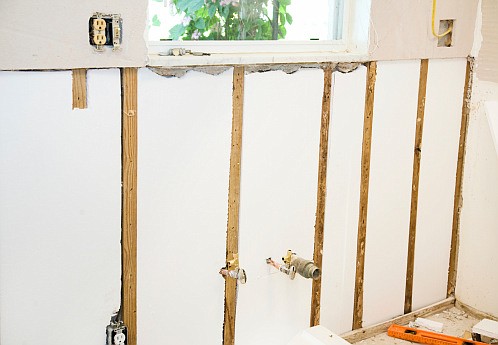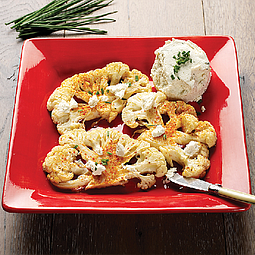Types of home insulation
January 16, 2012 at 8:34 a.m.
The cold days of winter are just around the corner for those of us who live in the northern states. If you've been thinking about adding insulation to your home, now is the time to act...before the snow starts flying. Not only will additional insulation help you stay warm this season, but it can help lower your energy usage, which is good for your utility bills and the environment.
Types of Home Insulation
With so many home insulation options available, it's sometimes difficult to know which product is best for you and your home. Here are just a few of the products on the market today and their intended uses:
Rolled Insulation - These rolls of insulation, made from fiberglas, mineral wool or natural fibers, are designed to insulate walls, floors and ceilings in newly-constructed areas where the dry wall has yet to be added. This product is sized to fit between standard wall studs and joists.
Loose Fill - Also called blown-in insulation, this product is designed to be added to existing spaces where the dry wall is in place as well as hard to reach spaces. Loose fill is blown into place using special equipment. This is generally not a DIY project.
Rigid Insulation - Rigid foam insulation is primarily used to insulate duct work. The forms, made of fiberglass or mineral wool, are constructed off-site by a heating and cooling contractor and fitted into the ducts onsite.
Sprayed Foam - A good solution for small spaces, such as gaps around windows and doors, this product is affordable and easy for homeowners to use.
Still undecided? In addition to keeping toasty warm this winter, if you add insulation to your existing, owner-occupied home by the end of 2011, you may qualify for a federal energy tax credit of up to $500 towards the cost of materials. Why wait any longer?
Content Provided by Spot55.com





